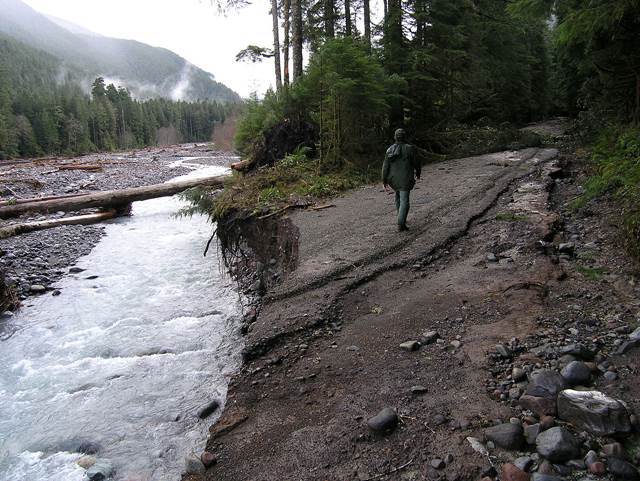Editor’s note: In a previous article about the Land and Water Conservation fund (“Without conservation fund, Washington loses millions,” published Oct. 21) it was incorrectly stated the fund has been fully funded twice in its 50 years of existence, once in 1998 and again in 2011. The correct dates are 1998 and 2001.
Outdoor enthusiasts and environmental activists can breath a sigh of relief as the new year brings in more funds for the national Land and Water Conservation Fund.
Congress restored the Land and Water Conservation Fund (LWCF) on Dec. 18 when legislators and the president approved the federal budget.
The LWCF expired Sept. 30 because Congress did not reauthorize the fund, which was created in 1965 by Washington state Sen. Henry Jackson. The fund was authorized for 25 years, and was reauthorized in 1990 for another 25.
“We are grateful to Washington’s Congressional Delegation for being leaders in the fight to save LWCF this year,” said Andrea McNamara Doyle, the interim executive director of the Washington Wildlife and Recreation Coalition in a press release. “It is a huge relief to know that this program that is so important for our state’s economy and way of life will continue to be there for our communities, but LWCF needs permanent reauthorization and full funding so that we can continue to protect our state’s valuable natural resources and heritage.”
The fund was reauthorized for the next three years, with a budget of $450 million for each year, although local Sen. Patty Murray and Sen. Maria Cantwell have been pushing for the fund to receive permanent authorization.
“This is a critical tool to protect our open spaces in Washington and around the country,” said Cantwell. “This increase in real funding and a three-year reauthorization will allow us to do important work in our state.”
Money for the LWCF comes from royalties paid to the government by federal oil and gas leases, not taxpayer money.
The LWCF is authorized to have a maximum budget of $900 million, but has only been fully funded twice in its existence – once in 1998 and again in 2001 – despite the fact that the government collects many million more in royalties every year, according to the Land and Water Conservation Fund Coalition.
Conservation in Washington
Because the LWCF funds conservation efforts across the country, Washington and many other states stood to lose millions that would have gone toward various projects for national parks, state parks and local recreation areas.
With the fund reauthorized, Washington will receive $9.8 million this year for several projects across the state, said the Washington Wildlife and Recreation Coalition.
These projects include improvements made to the Pacific Crest Trail, purchasing property around Lake Quinault to protect local fisheries and water quality, bolstering efforts to protect forests around Mount Saint Helens and preserving Ebey’s Landing on Whidbey Island.
The reauthorization of the LWCF is especially important in Washington because outdoor recreation is arguably one of Washington’s largest industries, said Vlad Gutman, senior policy director of the Washington Wildlife and Recreation Coalition.
“LWCF forms a foundation of an outdoor recreation economy that is, by some measures, the largest industry in the state of Washington. Outdoor recreation sports 198,000 jobs, and much of them depend on access to public lands that LWCF has made possible,” said Gutman. “Consumers in Washington spend $21.6 billion every year on outdoor recreation, much of which happens on these federal and state lands that LWCF supports. Out-of-state visitors have a total economic impact of nearly $5 billion dollars as well.”


